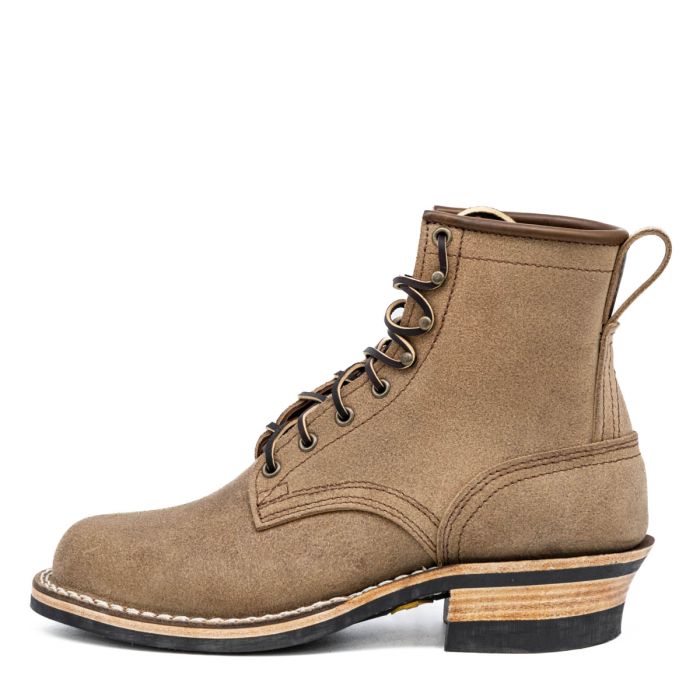FopTalk
Member
- Joined
- Mar 21, 2016
- Messages
- 13
- Reaction score
- 1
JCrew sells what they call "Italian cashmere" knits. See example of Italian Cashmere Zip Hoodie for $375 right here. You'll see on that link that there's no photo of the tag on the garment, there's no indication that the hoodie is 100% cashmere and there's no explanation for why I should care that it's Italian cashmere.
I mean, what kind of Italian cashmere? Surely there are different grades of cashmere spun in Italy, just like there would be if it were spun in Scotland or Japan or the US. Yet they're charging $375 for the hoodie, which puts it in the higher-end.
Questions: Is this just marketing bullshit? Without touching the garment and solely relying on the website, how in the world can I tell that this is quality cashmere? Does the fact of the cashmere being Italian mean a damn thing?
Would love to know what the community thinks.
I mean, what kind of Italian cashmere? Surely there are different grades of cashmere spun in Italy, just like there would be if it were spun in Scotland or Japan or the US. Yet they're charging $375 for the hoodie, which puts it in the higher-end.
Questions: Is this just marketing bullshit? Without touching the garment and solely relying on the website, how in the world can I tell that this is quality cashmere? Does the fact of the cashmere being Italian mean a damn thing?
Would love to know what the community thinks.


